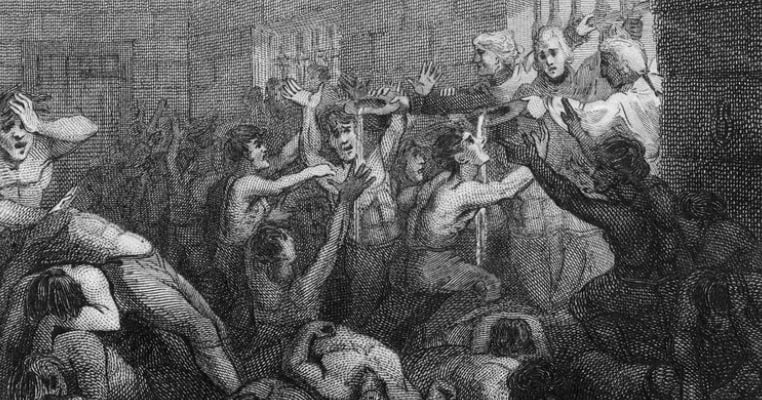
12. Kilmainham Gaol in Dublin was the site of numerous executions of Irish revolutionaries
When it was opened in 1796 in Dublin, Kilmainham Gaol was commonly called the New Gaol, in reference to its replacing an ancient dungeon which stood nearby. The New Gaol was a place of detention for men, women, and children, who were placed together in the cells without regard to age or sex. Up to five persons were crowded into the windowless cells, heated and lit by a single candle. Candles were issued every two weeks and thus needed to be used sparingly. Men slept on cots with straw mattresses, women and children on straw piled on the stone floors of the cells. Many of the inmates remained until they escaped by being deported to Australia.
By the 1830s there was a separate women’s section, and the prisoners were segregated. The women’s cells remained overcrowded, and the famines in Ireland increased the prison population dramatically as more and more were forced to beg, vagrancy being a crime, or steal their food. Chronically overcrowded and undersupplied by the British government, the prison became known as a symbol of the British oppression, as well as the site of execution by hanging or shooting of Irish revolutionaries and common criminals. The Irish Free State also executed republican prisoners in the prison during the Irish Civil War. Portions of the prison were designated as a museum and its restored chapel was opened to the public in 1971.

